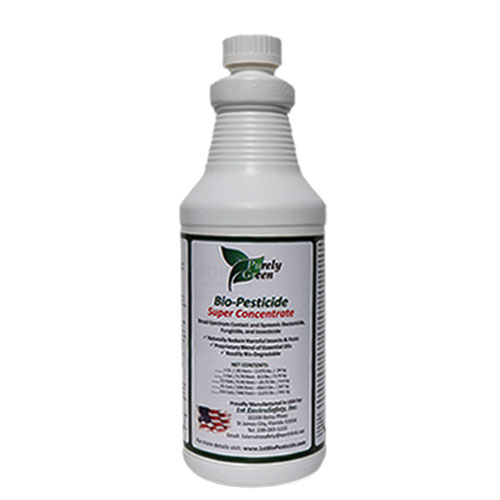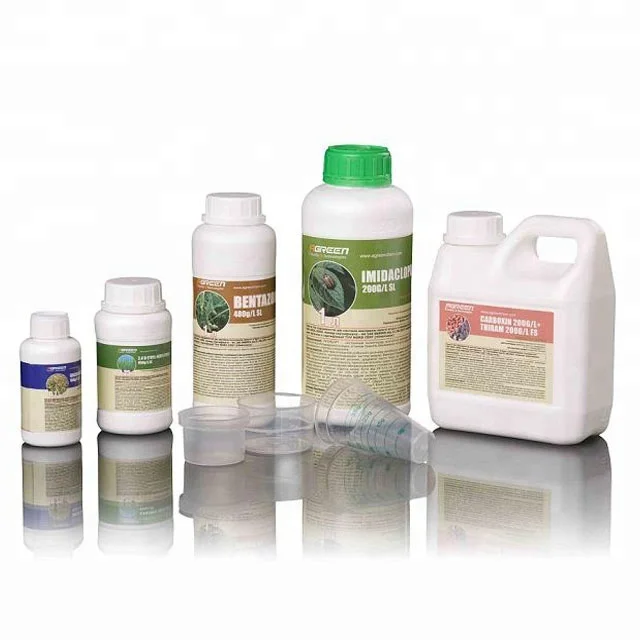

Although nicotine is not currently used as an insecticide, its synthetic alternatives – neonecotinoids – are commonly used against several pests. Nicotine, an alkaloid from Nicotiana spp., is one of the earlier botanical pesticides known. A good understanding of insect resistance to biopesticides will help minimize potential risks and improve their efficient use in IPM. When there is a higher selection pressure, such as indiscriminate use of chemical pesticides, increased mutagenesis can lead to resistance issues. Under natural circumstances, plants, insects, natural enemies, and beneficial or harmful microbes continuously co-evolve and adapt to changing environment.

When the mode of action is infection by a microorganism, rather than a toxin, arthropods are less likely to develop resistance. When the active ingredient is a toxic molecule and has the mode of action similar to that of a chemical compound, regardless of the plant or microbial origin, arthropods are more likely to develop resistance through one or more of the abovementioned mechanisms. Insects and mites develop resistance to chemical pesticides through genetic, metabolic, or behavioral changes resulting in reduced penetration of toxin, increased sequestration or excretion, reduced binding to the target site, altered target site that prevents binding of the toxin, or reduced exposure to the toxin through modified behavior. With the increase in biopesticide use in both organic and conventional cropping systems, it is a good time to review the potential of insect resistance to botanical and microbial pesticides. Use of biopesticides or non-chemical pesticides is encouraged as a part of integrated pest management (IPM) for environmental and human safety and to reduce the risk of insecticide resistance. This makes the use of these chemicals a potential risk as there’s a glaring possibility of incurring huge losses due to the consumer shunning your product.Mechanisms of insecticide resistance in insects. Records have shown that pests tend to become resistance to conventional pesticides thus proving that it is not a long term solution, something that never happens with the use of organic pesticides.Īs the ordinary consumer became aware of the dangers posed by synthetic chemicals, demand for farm products that have undergone organic treatments rose. Since the rate of application will only change with pest or disease pressure, farmers can accurately predict input costs.


Pests and diseases do not develop resistance to biological controls. This feature helps promote the safety and wellbeing of people who work on farms and the environment.īiological control, as a part of IPM, works to achieve sustainable management of pests and diseases, keeping the pressure well below economically damaging levels. Since biological controls are naturally occurring organisms, at the end of their life they completely biodegrade and leave no harmful residues on the crop or in the environment. Growers who use biologicals see the following benefits:īiological control products typically target a narrow range of pests or diseases while non-target organisms, such as birds, bees, fish, humans and beneficial soil organisms, remain unaffected. Biopesticides are typically natural predators, parasitoids, fungi or nematodes which feed on a target pest, and use natural relationships in the food chain. Biological pesticides, also known as biopesticides, biological controls or biocontrols, are organisms used to manage pests or diseases and is most notably used in agriculture.


 0 kommentar(er)
0 kommentar(er)
